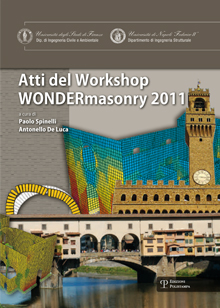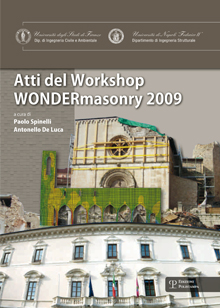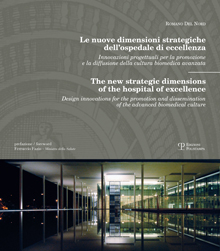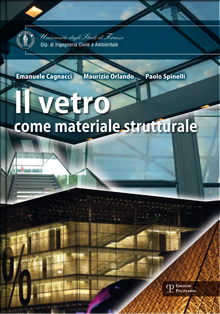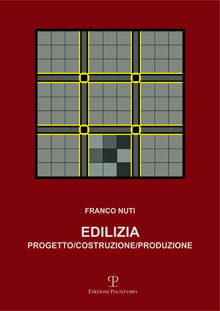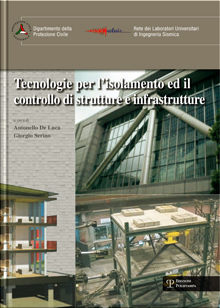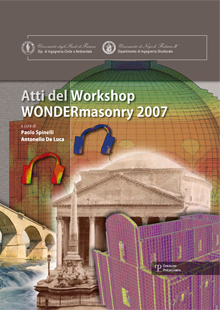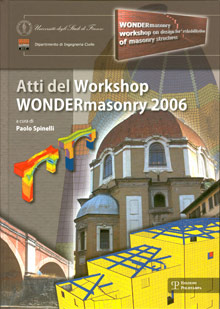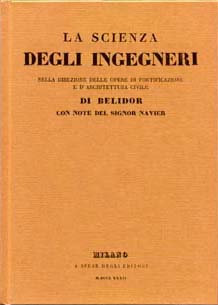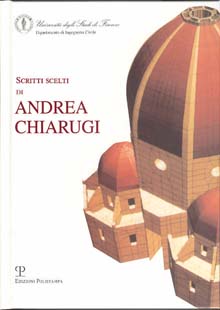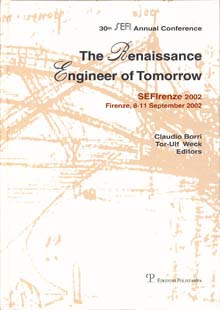
“On the threshold of the 3rd Millennium, there can be no doubt about the fact that advances & progress of modern society are ‘Technology driven’. There is still an ever increasing demand for Engineers at many different levels. Nonetheless, the skills and attitudes required of them are constantly changing, given that they must match developments which take place at an ever increasing rate.
Hence, Engineering educators and, to greater extent, all stake-holders in the world of scientific and technological training are looking forward to the model of a more flexible, inter-disciplinary-shaped and innovation orientedkind of Engineers, perhaps an ‘Artist-Engineer’.
Is the ideal model - what we refer to as ‘The Renaissance Engineer of Tomorrow’ - a suitable one for the today times? Does such a model exist at all and, if yes, does it really satisfy the needs of our society?
The 30th Sefi Annual Conference is a forum which is open for the development of such a discussion amongst scientists, educators, professionals, industrialists, students and all those involved and/or interested in the debate. Primarily, its purpose is to better identify and re-shape our concept of the ideal Engineer as envisaged for the future (no matter how we call such model!). Such a concept involves the ability to manage interaction between the many different branches of scientific and technical knowledge, as well as the skills associated with the adaptability and flexibility to handle tasks in a truly innovative manner, coupled with the positive attitude of life-long learning, ethical awareness and respect in our approach to a sustainable and socially-committed development, etc.
All the above issues clearly define the profile of a graduate, far beyond the limited interpretation of the Anglo-Saxon word ‘Engineer’, i.e. challenging himself to change his/her perception of his/her role in the design process, as one moves beyond the simple act of making decisions based on codes and calculations. All this requires a multi-cultural education enriched through mobility during one’s period of study, a marked team-work attitude in an international environment, the acceptance of challenging competitiveness in terms of ideas and improved efficiency of both processes and products: how does one go about developing all these graduate-skills through a simple Engineering degree? And how to solve the evident contradiction between the aspiration to educate an ‘Artist Engineer’ (necessarily, an elitary group) and the need of delivering a suitable technical education to the many young people who are requested in engineering, such to allow them to work and correctly and safely ‘produce’ for the society?
More than 120 contributions responded to SEFIrenze 2002 call for papers form 30 different countries, almost all over the world. Their presence highlights the interest that the evocative issue of the ‘Renaissance Engineer of Tomorrow’ has drawn: everyone is dreaming something, figuring out his/her own idea of the task and hand…but, perhaps, no single individual can really define, what it is exactly!
Let us, therefore, dream of our future Engineers as people who will work with respect and awareness of different traditions and heritage. Let us envisage them as ‘human bridges across different cultures and regions’, linking people all over the world by means of science and technology. In this way, we can draw inspiration from our glorious Roman past, which teaches us that the Highest Authority, the Pontiff, took his privileged title from Pontifex Maximus, the ancient latin ‘Pontesfacere’, i.e., the Bridge maker!” (Claudio Borri).
“On the threshold of the 3rd Millennium, there can be no doubt about the fact that advances & progress of modern society are ‘Technology driven’. There is still an ever increasing demand for Engineers at many different levels. Nonetheless, the skills and attitudes required of them are constantly changing, given that they must match developments which take place at an ever increasing rate.
Hence, Engineering educators and, to greater extent, all stake-holders in the world of scientific and technological training are looking forward to the model of a more flexible, inter-disciplinary-shaped and innovation oriented kind of Engineers, perhaps an ‘Artist-Engineer’.
Is the ideal model - what we refer to as ‘The Renaissance Engineer of Tomorrow’ - a suitable one for the today times? Does such a model exist at all and, if yes, does it really satisfy the needs of our society?
The 30th Sefi Annual Conference is a forum which is open for the development of such a discussion amongst scientists, educators, professionals, industrialists, students and all those involved and/or interested in the debate. Primarily, its purpose is to better identify and re-shape our concept of the ideal Engineer as envisaged for the future (no matter how we call such model!). Such a concept involves the ability to manage interaction between the many different branches of scientific and technical knowledge, as well as the skills associated with the adaptability and flexibility to handle tasks in a truly innovative manner, coupled with the positive attitude of life-long learning, ethical awareness and respect in our approach to a sustainable and socially-committed development, etc.
All the above issues clearly define the profile of a graduate, far beyond the limited interpretation of the Anglo-Saxon word ‘Engineer’, i.e. challenging himself to change his/her perception of his/her role in the design process, as one moves beyond the simple act of making decisions based on codes and calculations. All this requires a multi-cultural education enriched through mobility during one’s period of study, a marked team-work attitude in an international environment, the acceptance of challenging competitiveness in terms of ideas and improved efficiency of both processes and products: how does one go about developing all these graduate-skills through a simple Engineering degree? And how to solve the evident contradiction between the aspiration to educate an ‘Artist Engineer’ (necessarily, an elitary group) and the need of delivering a suitable technical education to the many young people who are requested in engineering, such to allow them to work and correctly and safely ‘produce’ for the society?
More than 120 contributions responded to SEFIrenze 2002 call for papers form 30 different countries, almost all over the world. Their presence highlights the interest that the evocative issue of the ‘Renaissance Engineer of Tomorrow’ has drawn: everyone is dreaming something, figuring out his/her own idea of the task and hand…but, perhaps, no single individual can really define, what it is exactly!
Let us, therefore, dream of our future Engineers as people who will work with respect and awareness of different traditions and heritage. Let us envisage them as ‘human bridges across different cultures and regions’, linking people all over the world by means of science and technology. In this way, we can draw inspiration from our glorious Roman past, which teaches us that the Highest Authority, the Pontiff, took his privileged title from Pontifex Maximus, the ancient latin ‘Pontesfacere’, i.e., the Bridge maker!” (Claudio Borri).
Polistampa, 2002
A cura di:
Pagine: 184
Caratteristiche: ill. b/n e col., cart., libro + CD-rom
Formato: 17X24
ISBN: 88-8304-479-7
Settori:
